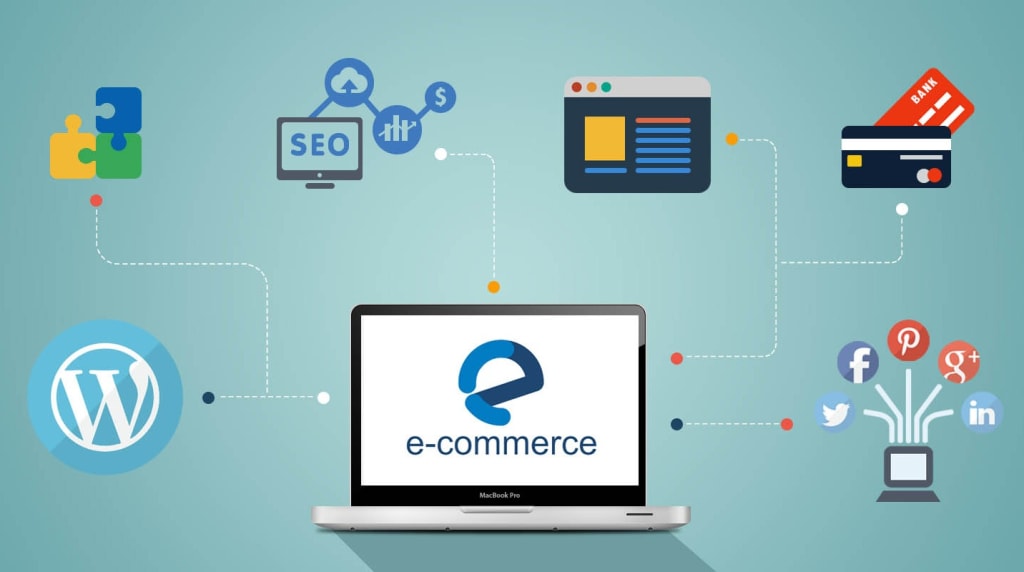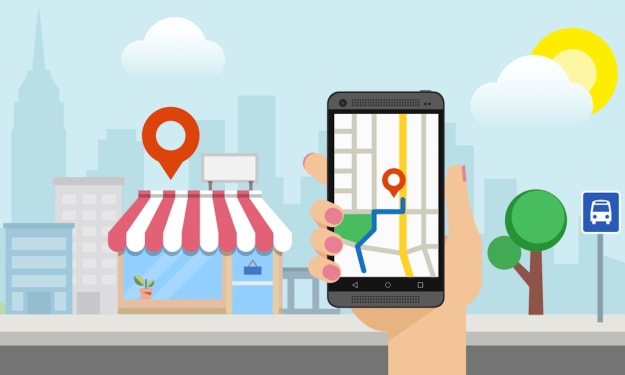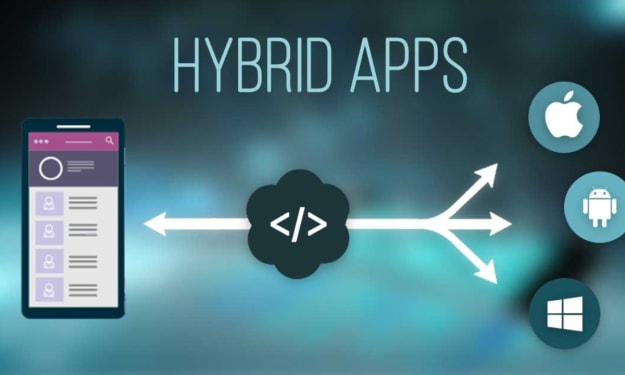How to Build a Successful Shopify E-Commerce Store ?
Shopify E-Commerce Store Development

In today's digital age, starting an online business has become easier than ever. With the right platform, you can quickly set up and launch your ecommerce store. Shopify is a popular choice among entrepreneurs looking to establish a successful online business. In this article, we will guide you through the process of building a successful Shopify ecommerce store.
Introduction
Building a successful Shopify ecommerce store development requires careful planning, attention to detail, and a solid understanding of your target audience. In this article, we will provide a step-by-step guide to help you create a thriving online business using Shopify.
1. Choosing Shopify as Your Ecommerce Platform
Shopify offers a user-friendly interface, extensive features, and robust security, making it an ideal choice for ecommerce store development. Its scalability allows businesses of all sizes to grow and expand without limitations. By selecting Shopify, you ensure a solid foundation for your online store.
2. Setting Up Your Shopify Store
To begin, sign up for a Shopify development service account and choose a suitable plan. Once registered, you can set up your store by providing essential details such as your store name, address, and contact information. Take your time to carefully fill in these details as they will appear on your website and invoices.
3. Customizing Your Store's Design
Shopify offers a wide range of professional themes and templates that you can use to customize the look and feel of your store. Choose a theme that aligns with your brand identity and ensures a seamless user experience. Customize your theme by adding your logo, adjusting colours, and arranging the layout to make it visually appealing and easy to navigate.
4. Adding Products to Your Store
Now it's time to populate your store with products. Use the Shopify dashboard to create product listings, including images, titles, descriptions, and pricing information. Be sure to optimize your product descriptions by incorporating relevant keywords naturally. High-quality product images are crucial for attracting customers, so invest time in capturing appealing visuals.
5. Optimizing Product Descriptions and Images
To enhance the visibility of your products in search engine results, optimize your product descriptions and images for SEO. Conduct keyword research to identify relevant search terms and incorporate them naturally into your product descriptions. Additionally, optimize your product images by using descriptive filenames and adding alt tags.
6. Configuring Payment Gateways
Shopify supports a variety of payment gateways, allowing you to accept payments from customers seamlessly. Configure the payment gateways that best suit your target audience and location. Popular options include PayPal, Stripe, and Shopify Payments. Ensure that your chosen payment gateways provide a secure and convenient checkout process for your customers.
7. Setting Up Shipping Options
Determine your shipping strategy and set up shipping options accordingly. Shopify development service provides various shipping settings, including flat-rate, calculated, and weight-based shipping. Specify shipping zones and rates based on your target markets. Consider offering free shipping promotions to attract customers and increase conversions.
8. Installing Essential Apps for Your Store
Extend the functionality of your Shopify store by installing essential apps from the Shopify App Store. There are numerous apps available to help you with inventory management, marketing, customer support, and more. Choose apps that align with your business needs and enhance the overall user experience.
9. Implementing SEO Strategies
To drive organic traffic to your Shopify website development store, implement effective SEO strategies. Conduct keyword research and optimize your website's meta tags, headings, URLs, and content with relevant keywords. Create compelling blog posts and product descriptions that provide value to your customers while incorporating keywords naturally.
10. Marketing and Promoting Your Store
To generate awareness and attract customers, develop a comprehensive marketing strategy. Utilize social media platforms, email marketing campaigns, influencer collaborations, and content marketing to reach your target audience. Implement paid advertising campaigns, such as Google Ads or Facebook Ads, to increase visibility and drive targeted traffic to your store.
11. Analyzing Your Store's Performance
Regularly monitor and analyze your store's performance using Shopify's built-in analytics tools or external tools like Google Analytics. Track important metrics such as website traffic, conversion rates, customer behaviour, and sales. Use this data to identify areas for improvement and make data-driven decisions to optimize your store's performance.
12. Providing Excellent Customer Support
Deliver exceptional customer support to build trust and loyalty. Respond promptly to customer inquiries, provide detailed product information, and offer hassle-free returns and exchanges. Consider implementing live chat support or a dedicated customer support email to address customer concerns efficiently.
13. Scaling Your Business
As your Shopify ecommerce store development grows, you may consider scaling your business by expanding your product offerings, targeting new markets, or implementing additional marketing strategies. Continuously adapt and evolve your business based on market trends and customer feedback to ensure sustained growth.
14. Conclusion
Building a successful Shopify ecommerce store development requires careful planning, attention to detail, and ongoing dedication. By following the steps outlined in this article, you can create a thriving online business that attracts customers and generates sales. Remember to continuously optimize your store, monitor performance, and provide exceptional customer support to foster long-term success.
FAQs
1. Is it necessary to have the technical knowledge to build a Shopify ecommerce store?
A: No, Shopify is designed to be user-friendly, allowing entrepreneurs without technical knowledge to create and manage their online stores easily.
2. Can I migrate my existing ecommerce store to Shopify?
A: Yes, Shopify provides tools and resources to help you migrate your existing store to their platform seamlessly.
3. Can I customize the design of my Shopify store?
A: Absolutely! Shopify offers a wide range of themes and customization options to ensure your store reflects your brand identity.
4. How can I accept payments on my Shopify store?
A: Shopify integrates with various payment gateways, including PayPal, Stripe, and Shopify Payments, enabling you to accept payments from customers.
5. Is Shopify suitable for large-scale businesses?
A: Yes, Shopify offers scalability and robust features, making it suitable for businesses of all sizes, including large-scale enterprises.
About the Creator
Vaibhav Pandya
Vaibhav Pandya is the Chief Operating Officer (COO) and Senior Contributing Editor at IndyLogix - Digital Marketing Agency, where he has spent 9+ years growing the organization and establishing it as a credible market leader.






Comments
There are no comments for this story
Be the first to respond and start the conversation.